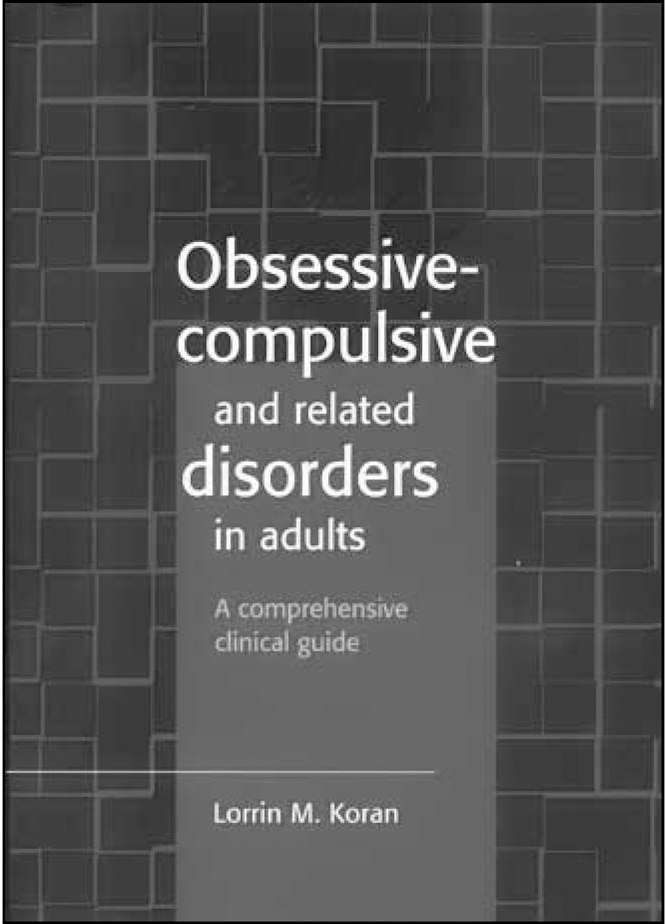Those unfamiliar with Hollander's concept of obsessive—compulsive spectrum disorders (Reference HollanderHollander, 1993) will be pleasantly surprised by the content of this excellent book. After the expected chapters dealing in depth with obsessive—compulsive disorders (OCD) are ones devoted separately to each of 12 so-called spectrum disorders, from the largely compulsive (harm or risk avoiding) hypochondriasis and body dysmorphic disorder to those characterised by damaging impulsivity, such as pathological gambling. The author, Professor of Psychiatry at Stanford University, points out the pitfalls of this largely phenomenologically based association, but adopts it none the less as “ primarily a stimulus to basic and clinical research”. He advocates that clinicians and investigators with a special interest in any one of the spectrum disorders expand their expertise to others. The ability to reach a functional understanding of compulsive (or impulsive) behaviours and to choose between or combine serotonergic agents and cognitive-behavioural therapy are essentials for any such specialist. Koran clearly has this expertise and comes across as an experienced and astute clinician.?

The initial sections deal with OCD. There is a concise and interesting historical review, authoritative discussions of epidemiology, classification and aetiology and particularly helpful passages on differential diagnosis and comorbidity (including a chapter on presentations of OCD with schizophrenia). The extensive discussion of clinical management may focus too much for some readers on pharmacological treatments, with an exhaustive list of as yet unproven augmentation strategies for use with serotonin reuptake inhibitors (SRIs). Candidates discussed include buspirone, clonazepam, lithium, L-tryptophan and parenteral clomipramine. Comprehensive and very welcome advice on managing side-effects of SRIs, including their use in pregnancy, is presented in a separate chapter with relevance beyond OCD. Psychotherapeutic interventions are summarised well, although not dealt with in sufficient depth to guide a clinician inexperienced in these techniques — the book's only major weakness.
The chapters on related disorders, some of which have yet to be incorporated into standard classification (e.g. skin picking and compulsive buying), are invaluable summaries of up-to-date research and current best practice. The phenomenology of each is clearly discussed. For example, in primary kleptomania the distinction is made between the impulsive, unplanned aspects of stealing and its emotional/behavioural function, which is often compulsive, i.e. resisted with increasing anxiety, seen as irrational and wrong by the individual (egodystonic) and carried out to relieve tension rather than to obtain pleasure.
Although written from an American perspective this book is aimed at a global readership, with helpful appendices detailing important contacts in countries throughout the world, from support groups and sources of educational material (including websites) to neurosurgical centres. Some widely used rating scales are also included.
I found myself returning again and again to this text for guidance on a range of clinical issues and rarely found it lacking. It is an essential and not excessively priced addition to the personal library of any clinician with special interest in this area and should be made available to all those working in general psychiatric settings.



eLetters
No eLetters have been published for this article.